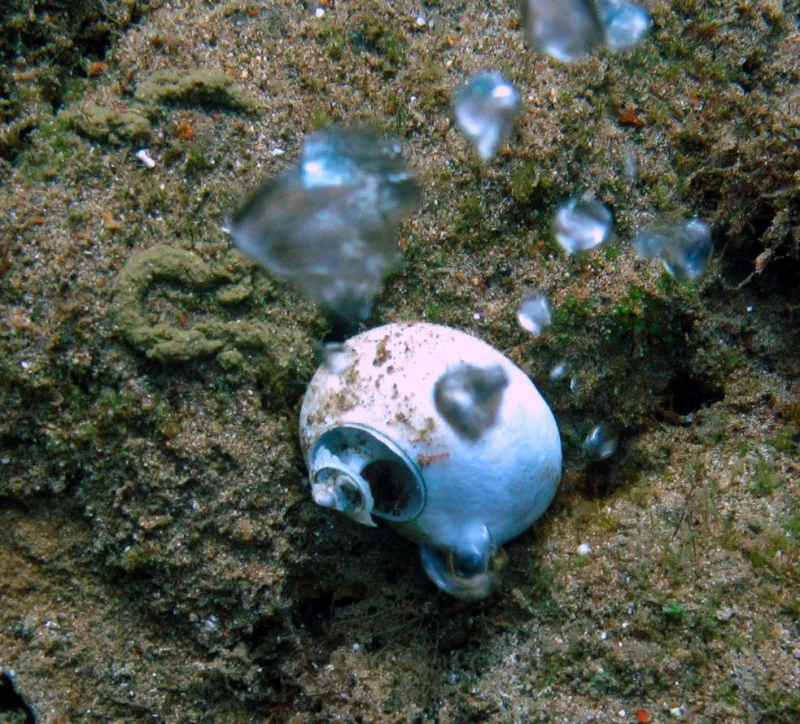Dissolving Shell

The acidic waters from CO2 seeps can dissolve shells and also make it harder for shells to grow in the first place.
Read more about how reef scientist Laetitia Plaisance uses carbon dioxide seeps to study ocean acidification and how it will affect biodiversity on coral reefs in the future.

